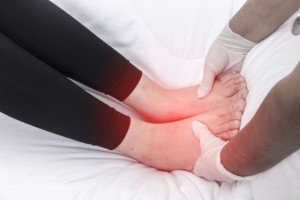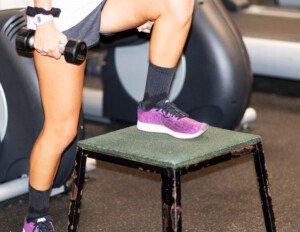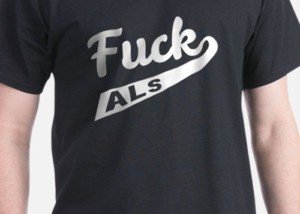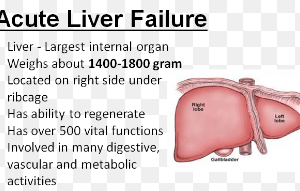
You’ve noticed lately and maybe suddenly that both your ankles and calves are swollen with edema, and you’ve recently completed menopause.
Looking down and noticing that your ankles and lower calves have a puffier than usual appearance may hit upon the vanity nerve, but for some women, it could also shake up the “Is there something wrong with my heart!” nerve.
They may then hope to dear God that the edema in both lower legs is caused by the troublesome though very benign menopause.
“This can happen and is usually due to wide fluctuations in the hormones that occur in perimenopause and in menopause,” says Marcelle Pick, MSN, OB/GYN, NP, in private practice and co-founder of Women to Women Health Center, and author of the book, “Is It Me or My Hormones?”
Pick explains, “Increasing fluids, water and changing the diet to be more plant based, with protein, can be greatly helpful.”
There are many causes of bilateral swelling in the ankles and lower calves.
This is a common condition, but commonality doesn’t mean that it can never be caused by congestive heart failure, liver problems or kidney problems.
It can even be caused by underactive thyroid.
Excessive sitting or standing in one spot can also lead to puffiness around the ankles and lower calves.
Get up and move around more often.
Sit less. Walk more.
Ditch as much of the processed foods in your diet as possible.
Eat more fresh produce.
Snack on whole nuts and seeds, not stuff from a vending machine.
Do the following exercises at the gym: squat, leg press, walking lunge, high stool step-up.

Shutterstock/WoodysPhotos
And if you’ve completed menopause or are of menopausal age, it’s time to see a cardiologist for a routine screening for heart disease.
Congestive heart failure can cause bilateral edema, but congestive heart failure can also compromise kidney function.
In fact, you should also get a total workup from your primary care physician to make sure you don’t have other problems that can be causing that new swelling in your lower legs.
Additionally…
• If you’re a heavy drinker, back off. Liquor is bad for the liver.
• Watch your sodium consumption. Excess sodium can also puff up the ankles.
Many processed foods, such as boxed seasoned rice dishes, are loaded with sodium. Daily sodium intake should be below 2,000 mgs.
• If you’ve gained excess body fat lately, this could be making your ankles and lower legs puffy.
• WARNING: If only one leg has developed a swollen appearance, get to the emergency room, as this is a classic sign of a deep vein thrombosis which can break off and cause a lethal pulmonary embolism.
 Marcelle Pick holds a BS in nursing from the University of New Hampshire School of Nursing and her MS in nursing from Boston College-Harvard Medical School. She is certified as an OBGYN nurse practitioner. Visit “Is It Me or My Hormones.”
Marcelle Pick holds a BS in nursing from the University of New Hampshire School of Nursing and her MS in nursing from Boston College-Harvard Medical School. She is certified as an OBGYN nurse practitioner. Visit “Is It Me or My Hormones.”
 Lorra Garrick has been covering medical, fitness and cybersecurity topics for many years, having written thousands of articles for print magazines and websites, including as a ghostwriter. She’s also a former ACE-certified personal trainer.
Lorra Garrick has been covering medical, fitness and cybersecurity topics for many years, having written thousands of articles for print magazines and websites, including as a ghostwriter. She’s also a former ACE-certified personal trainer.
.









































